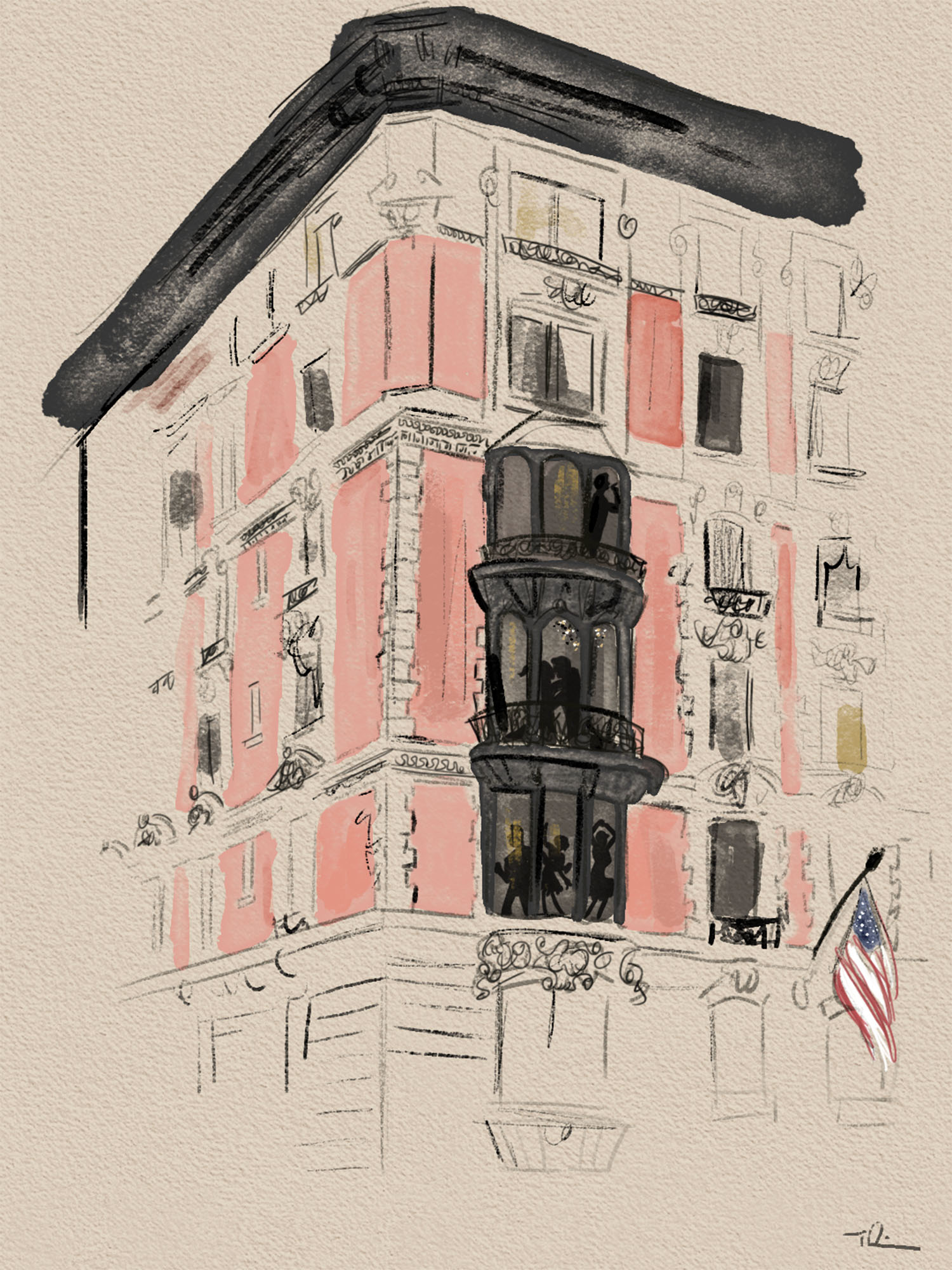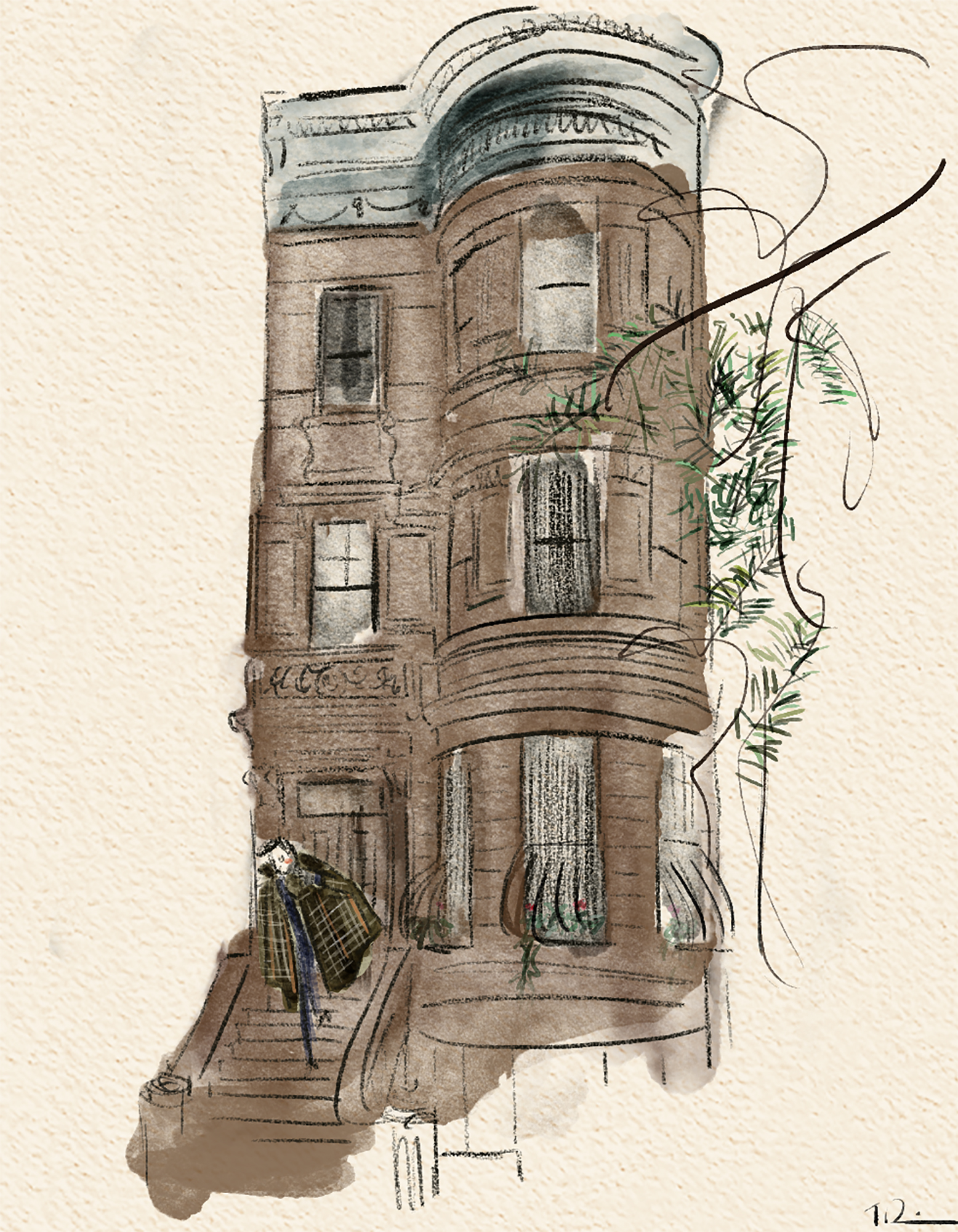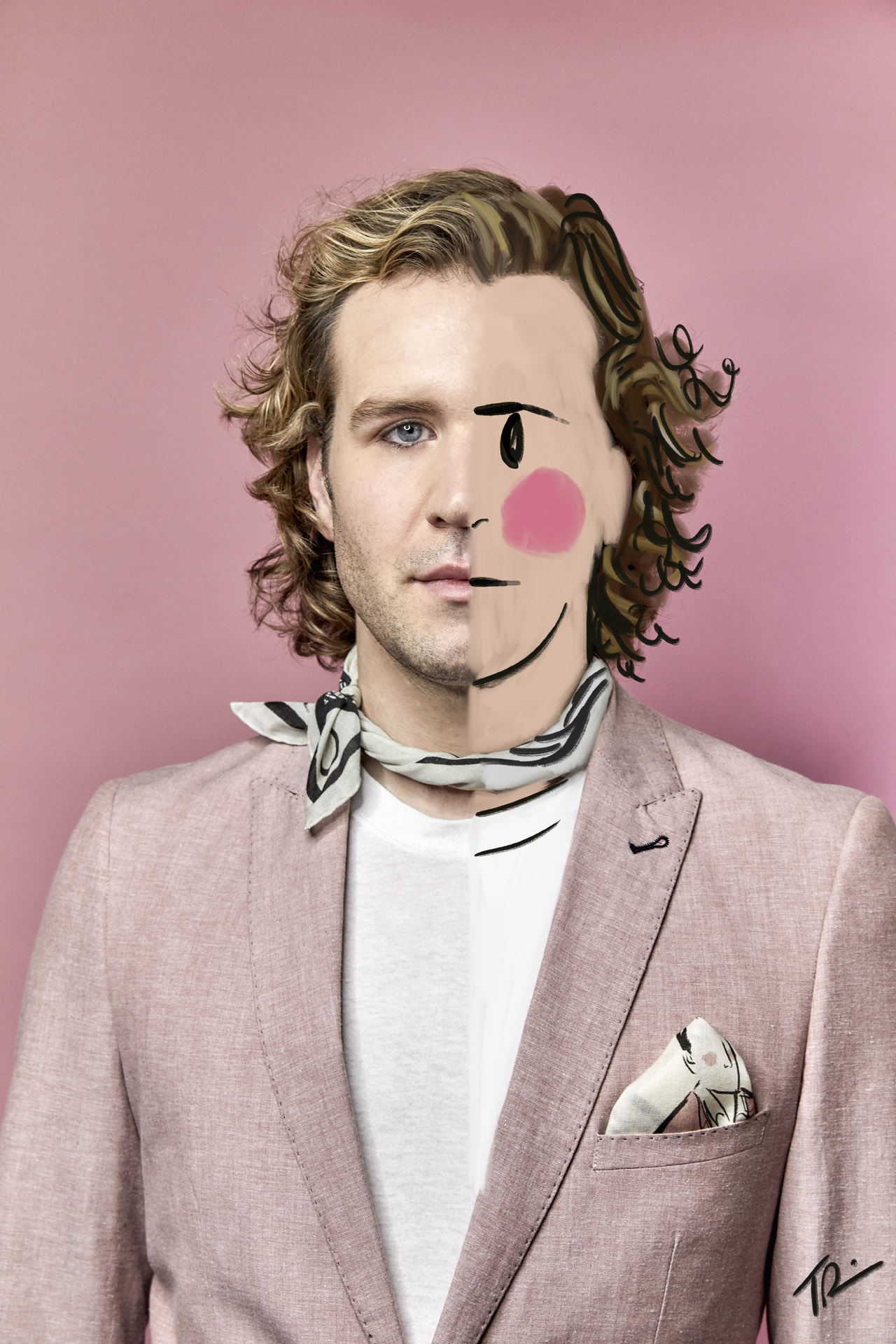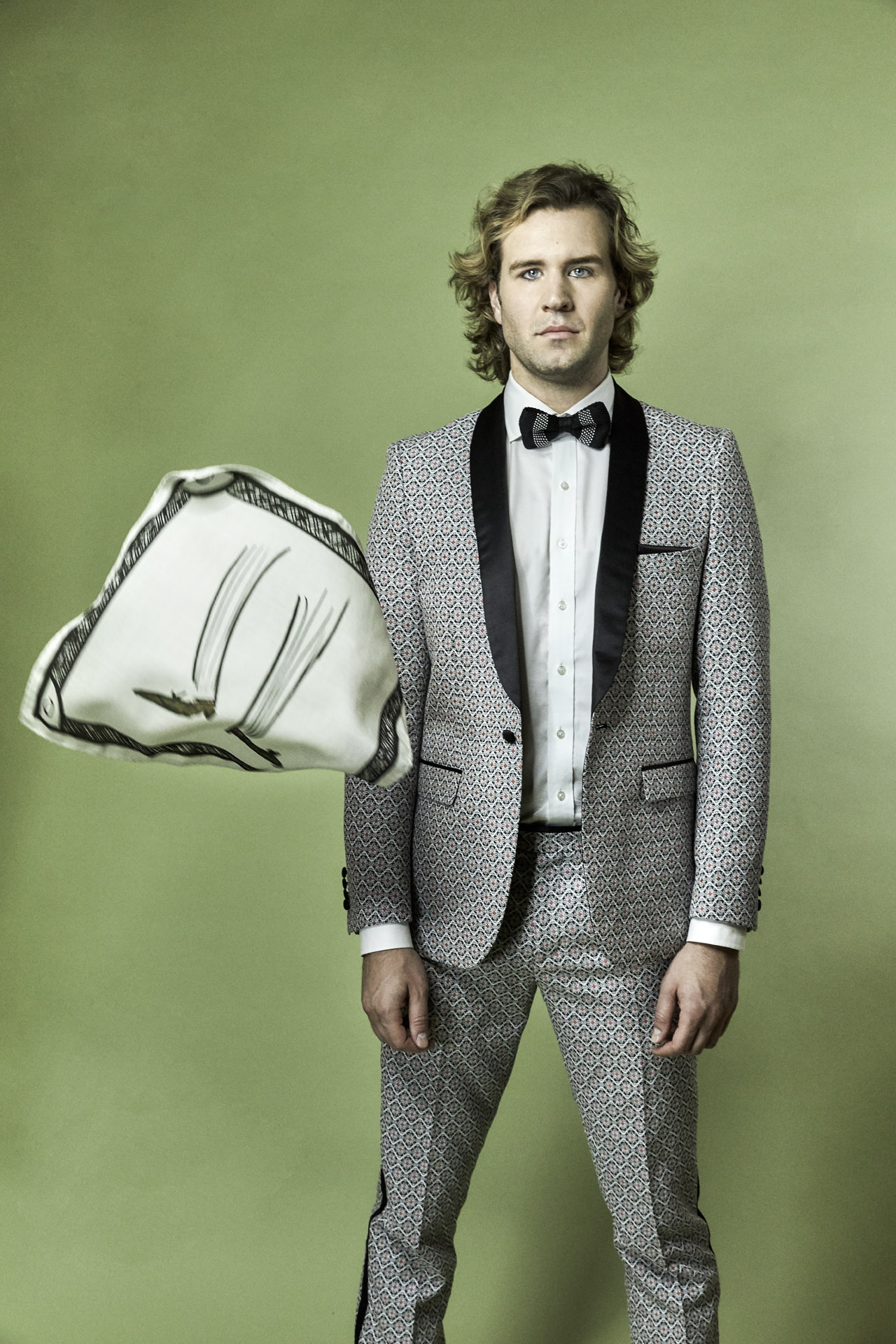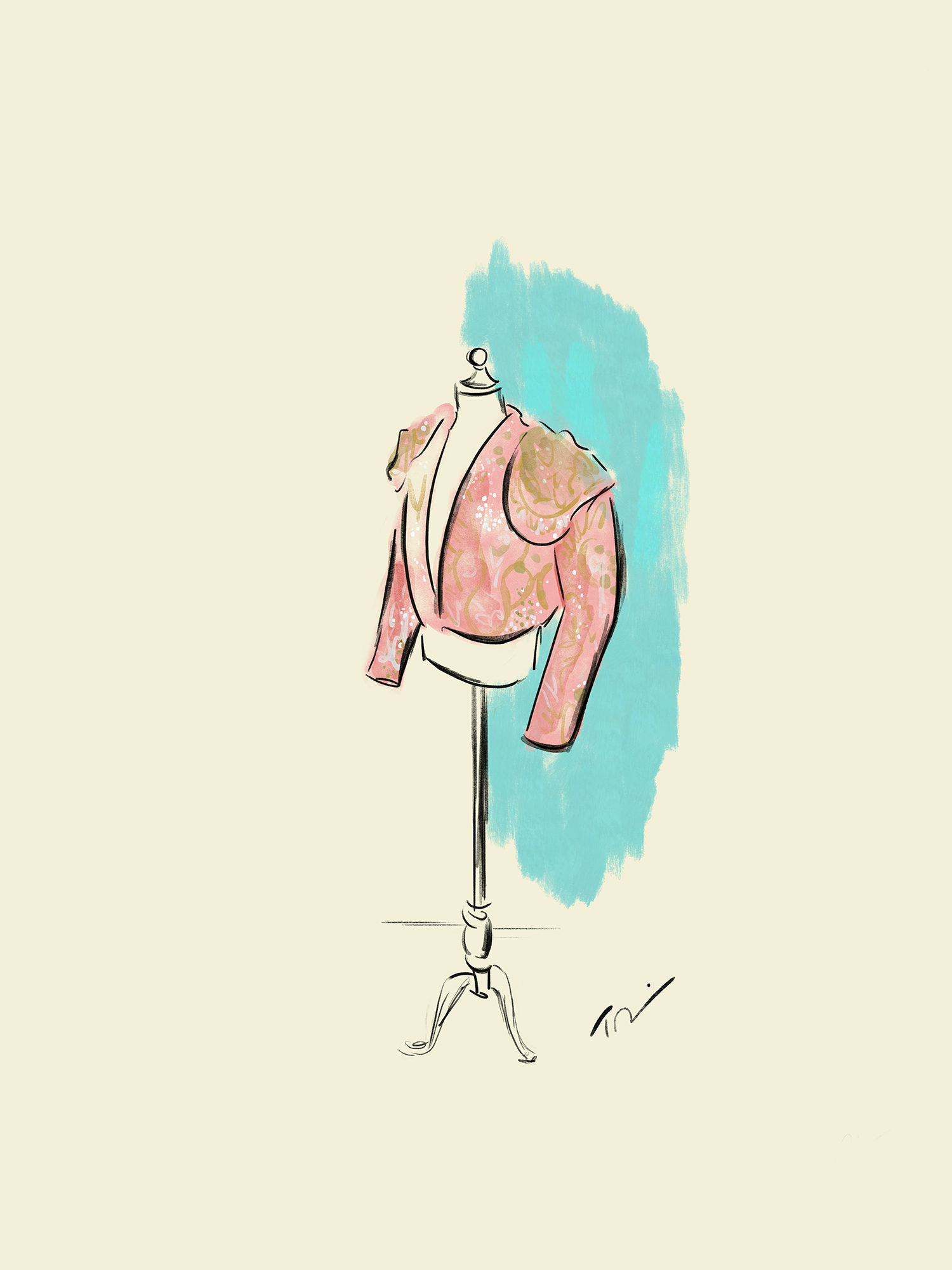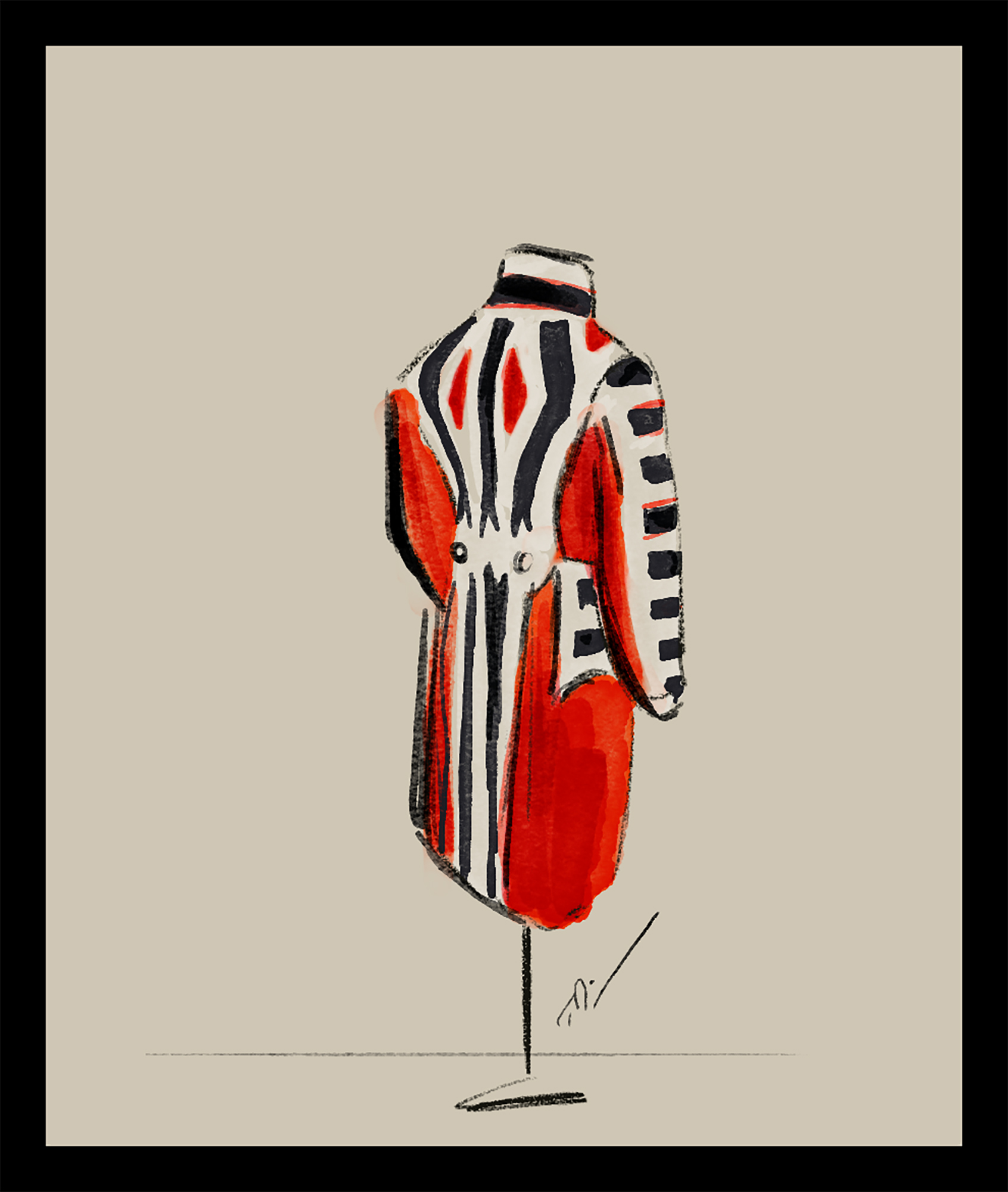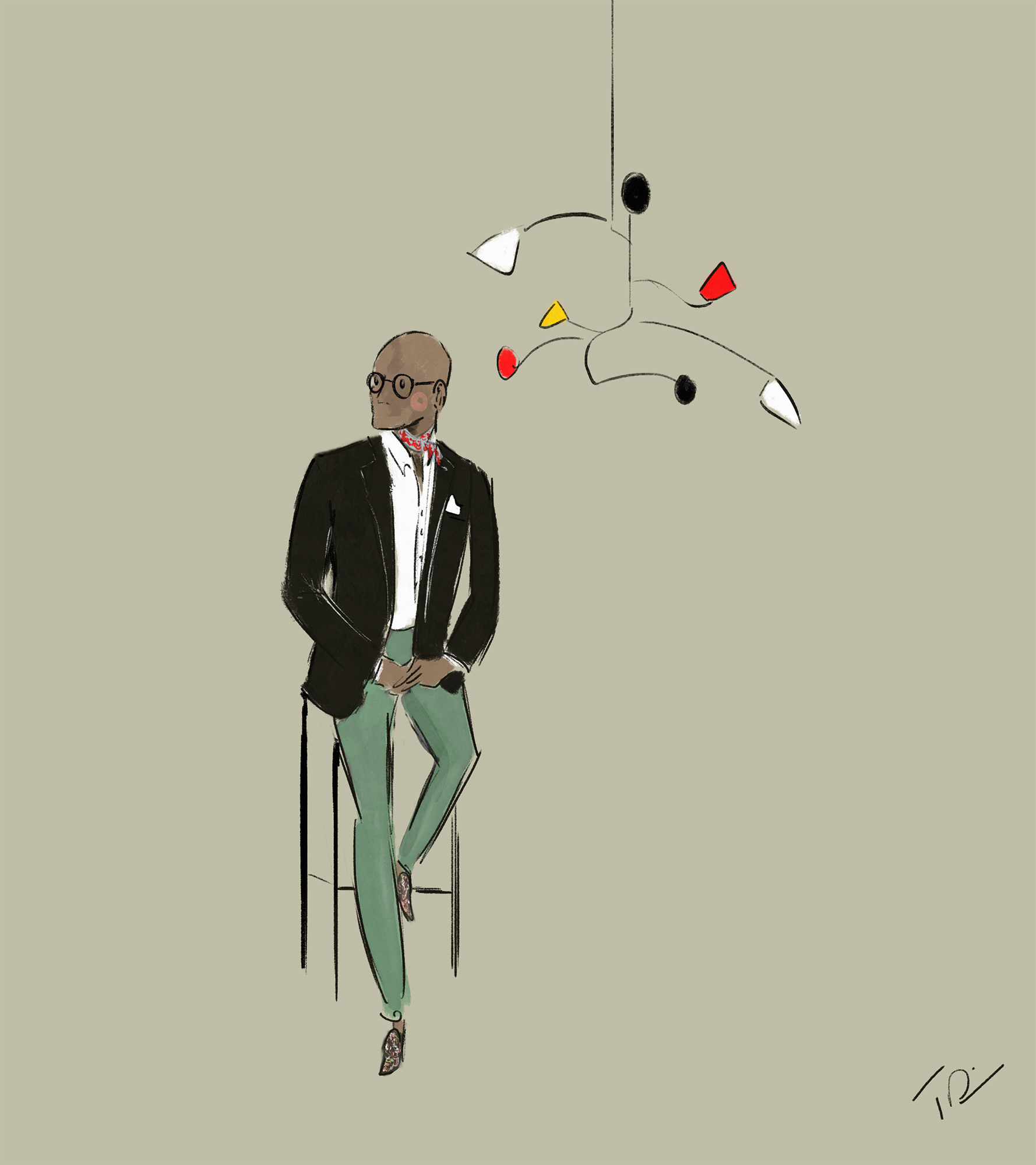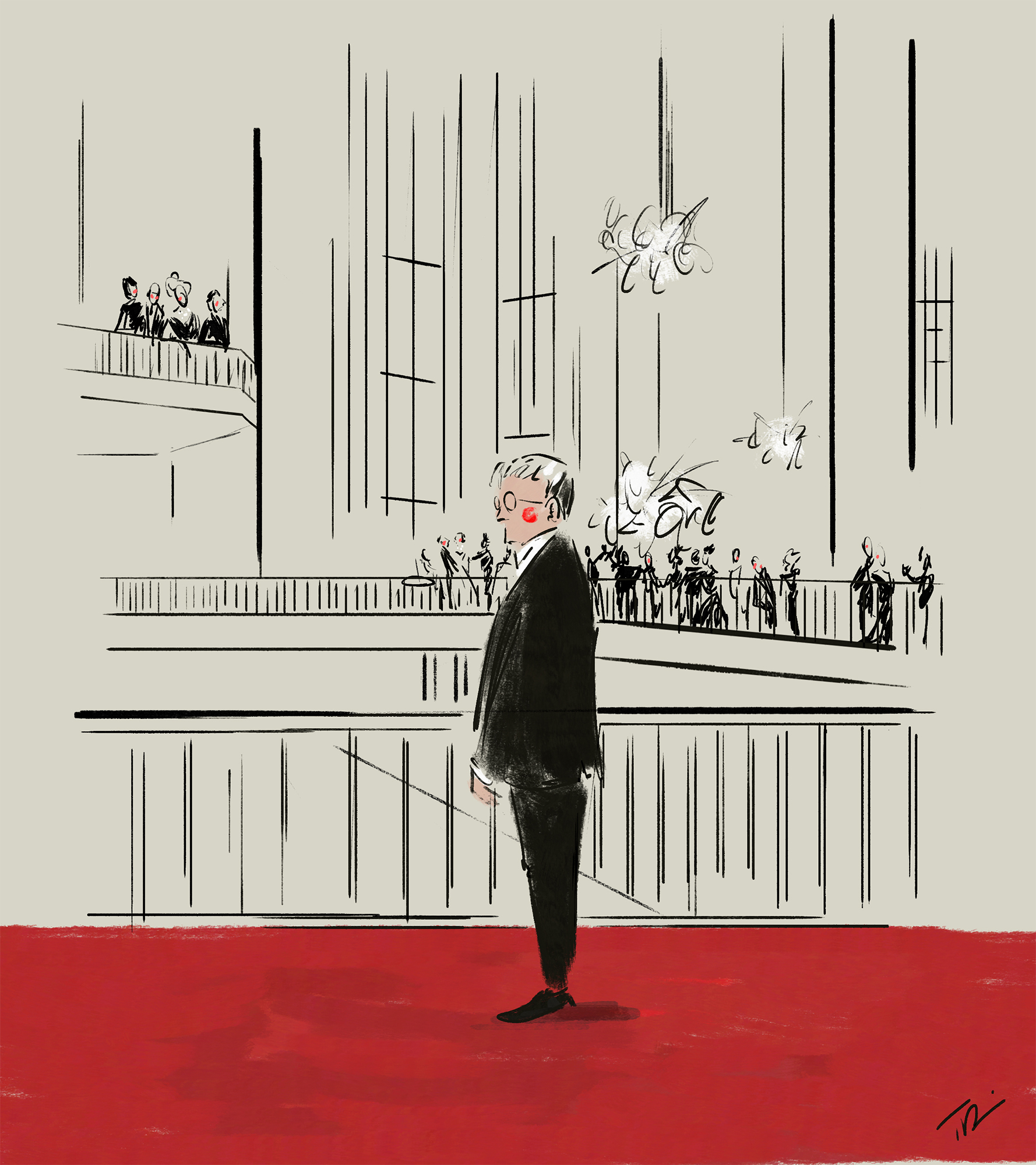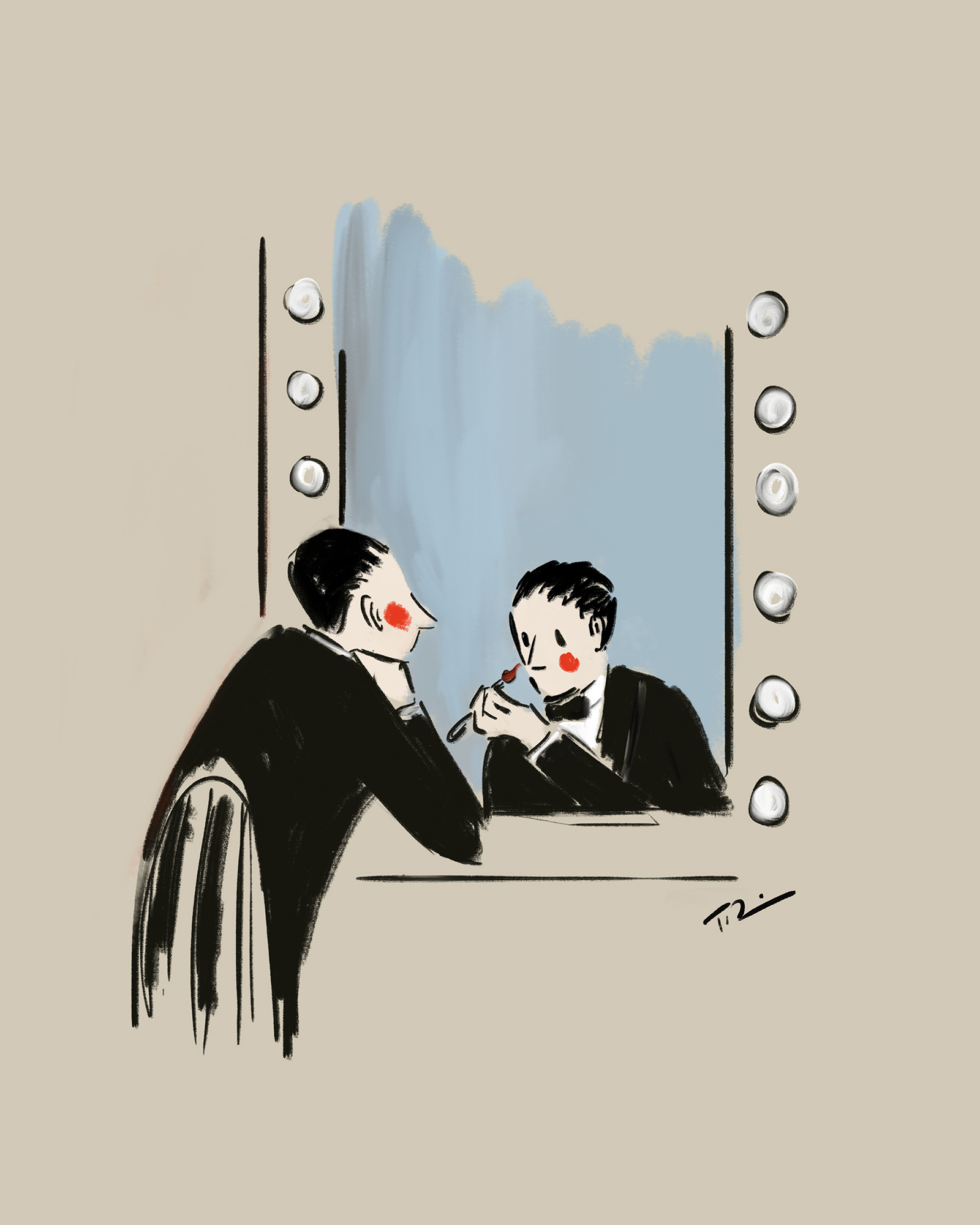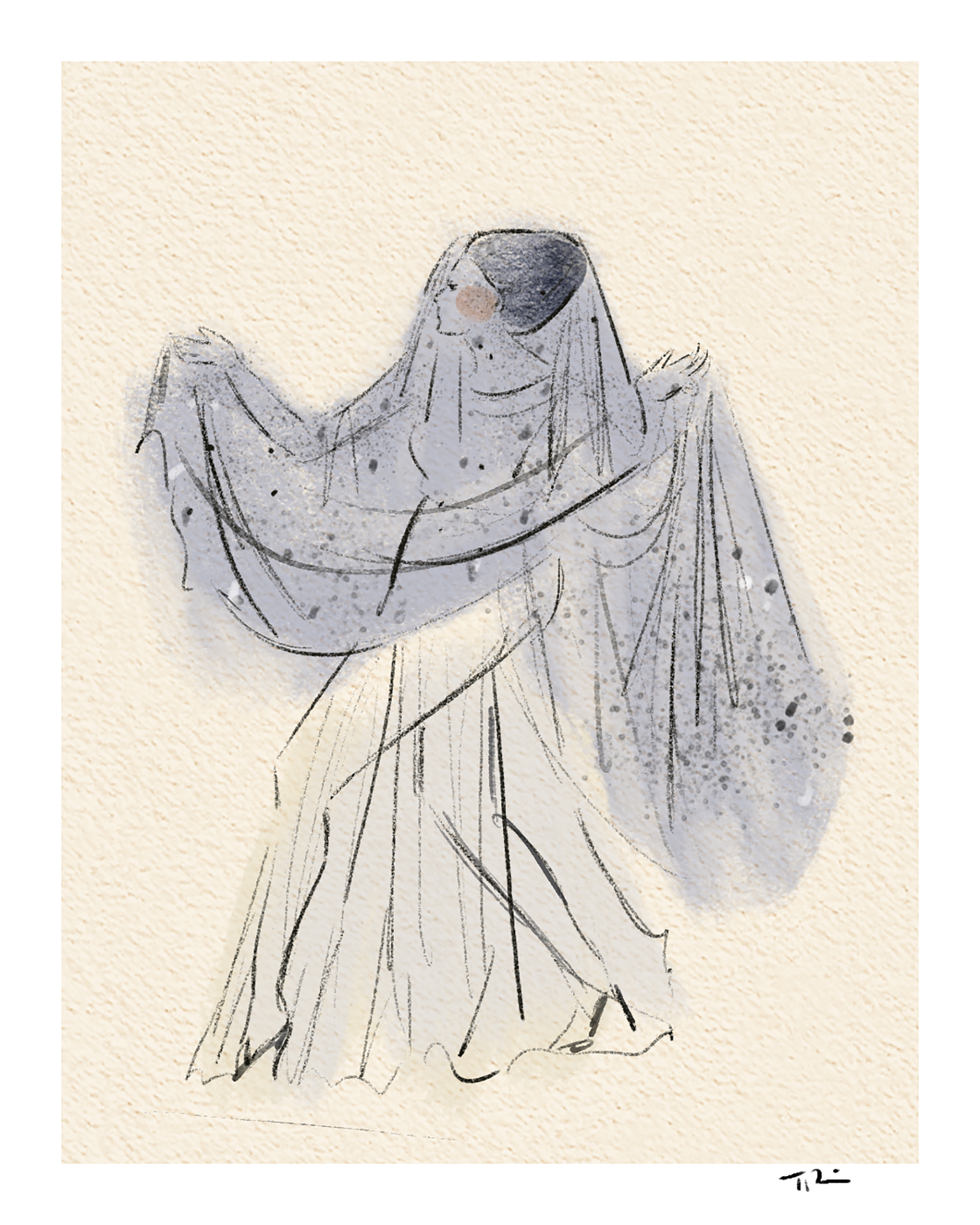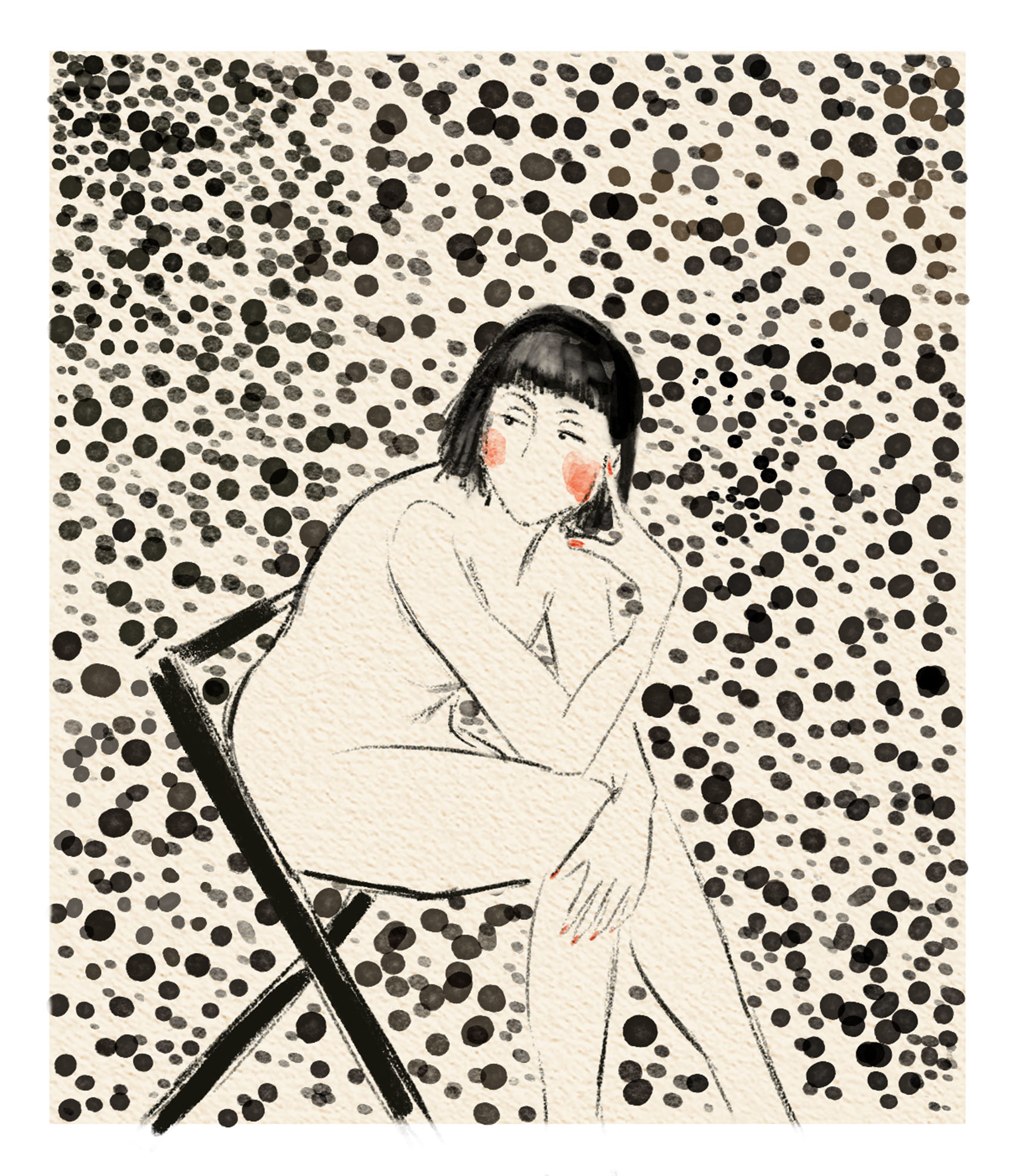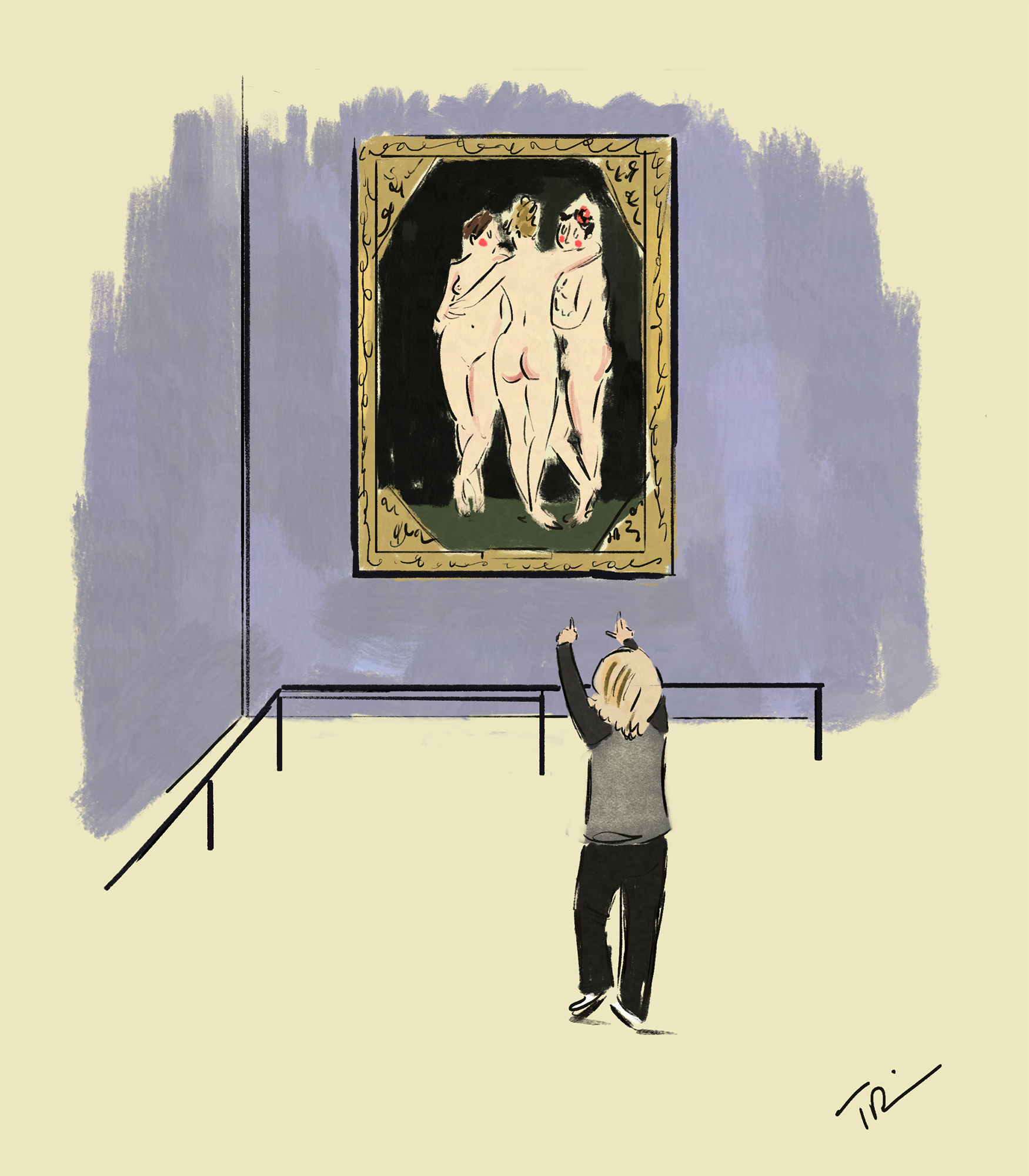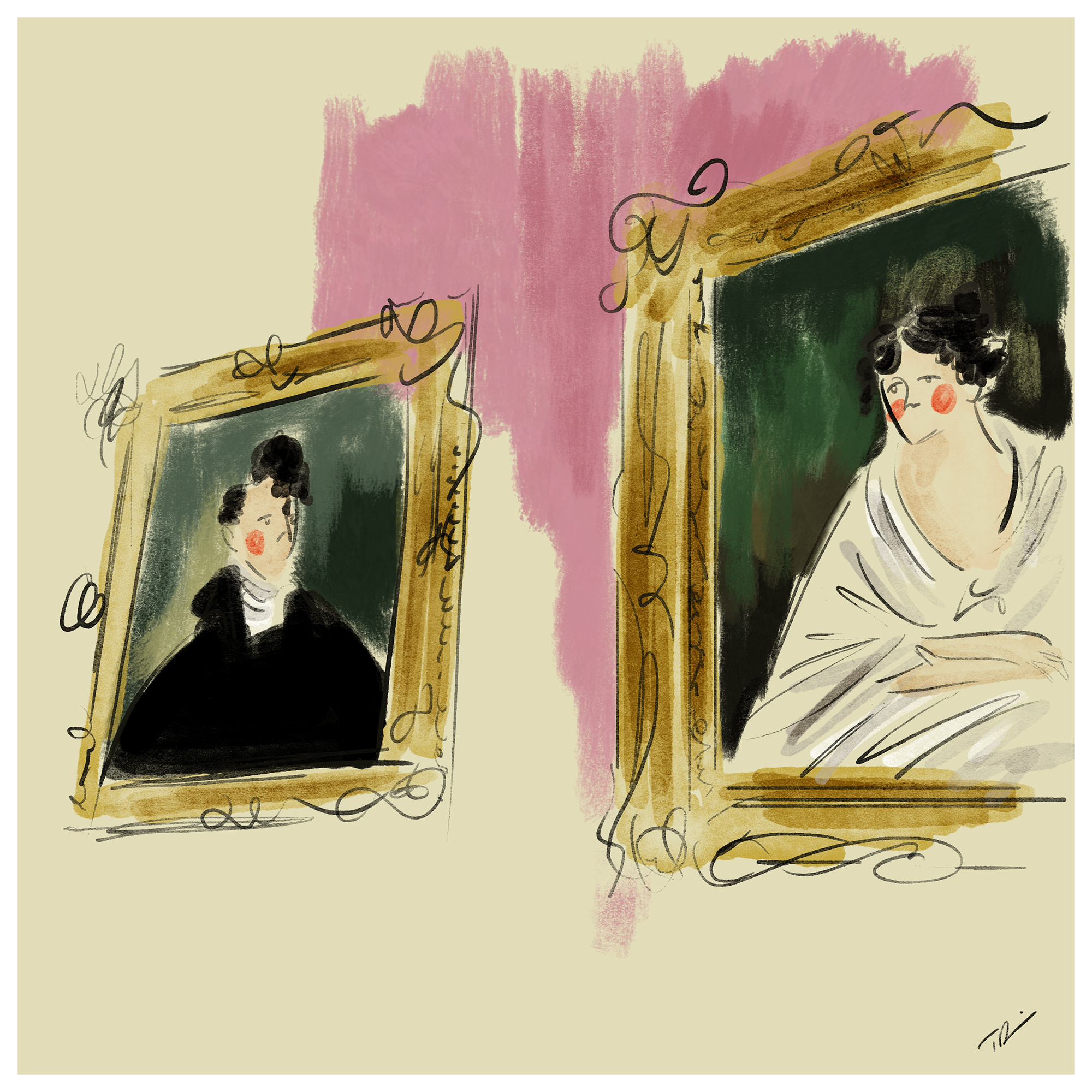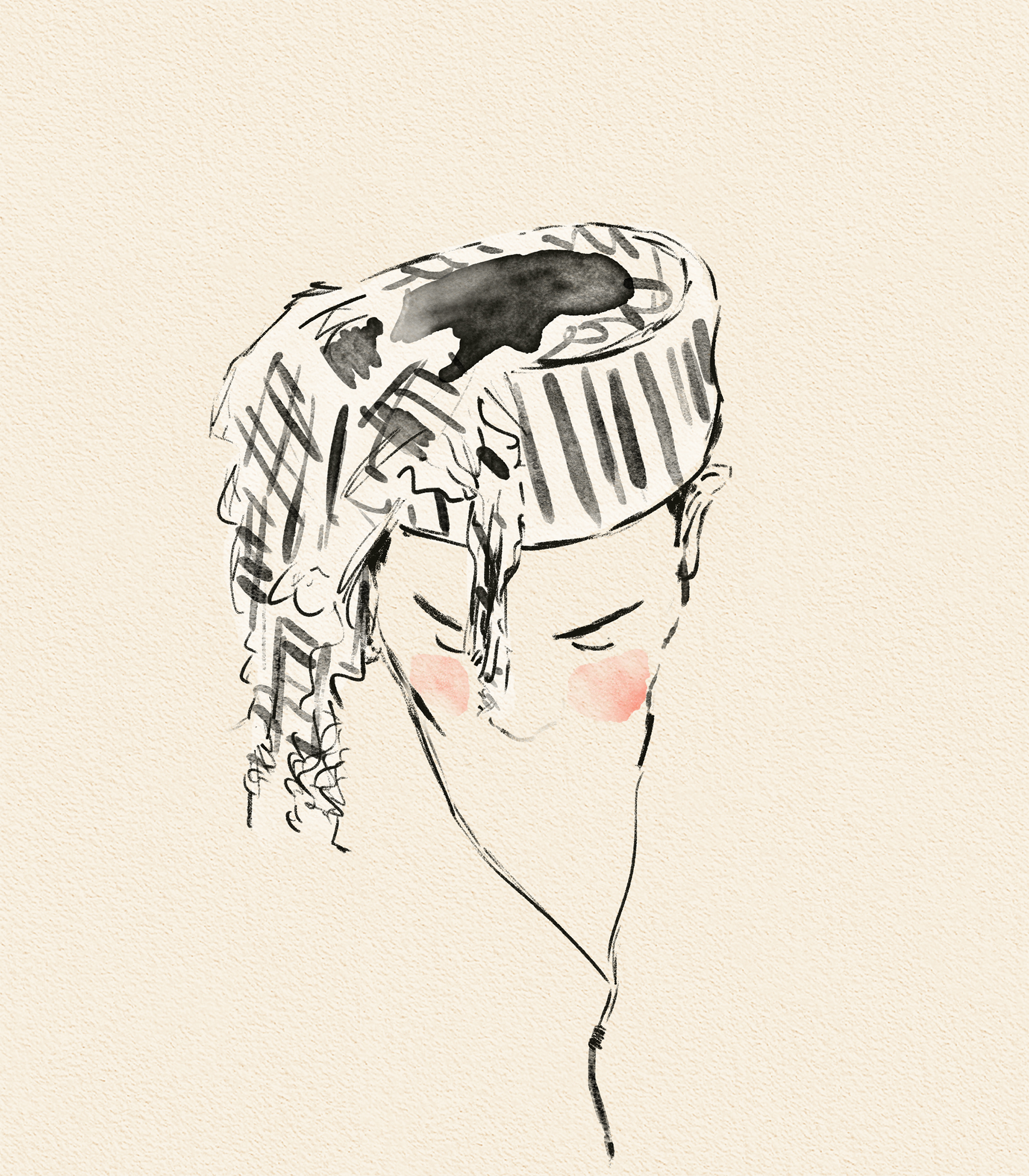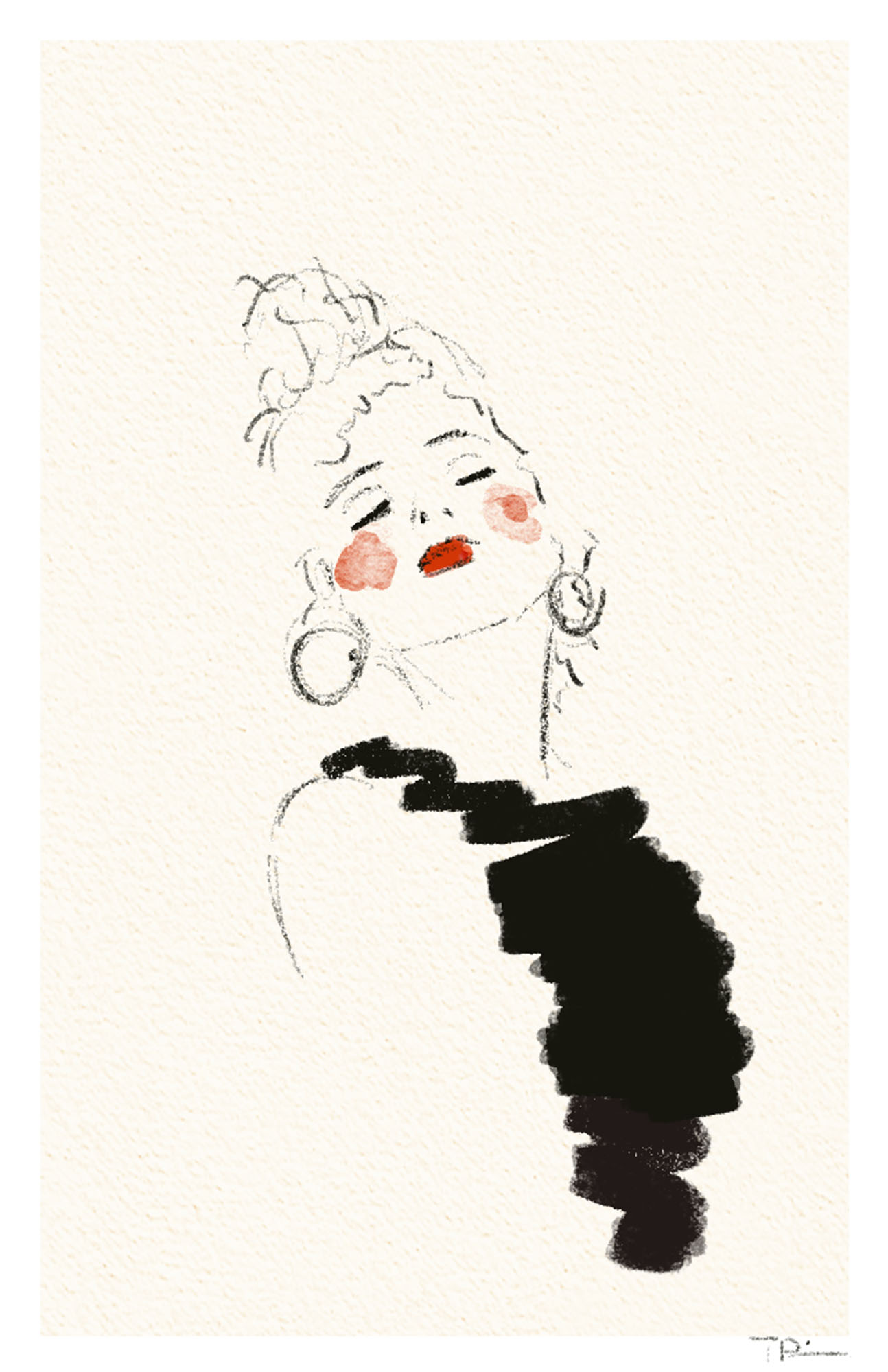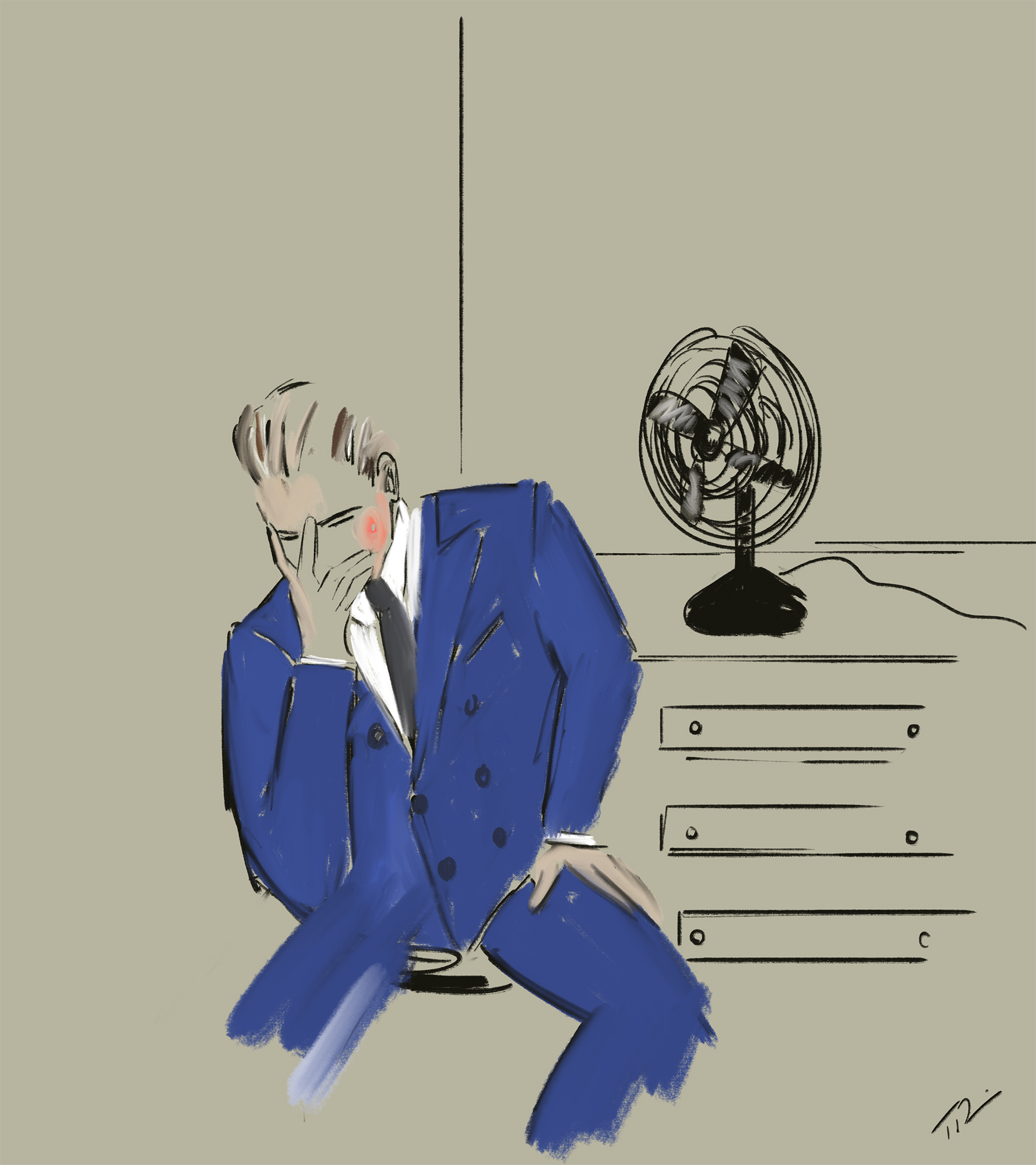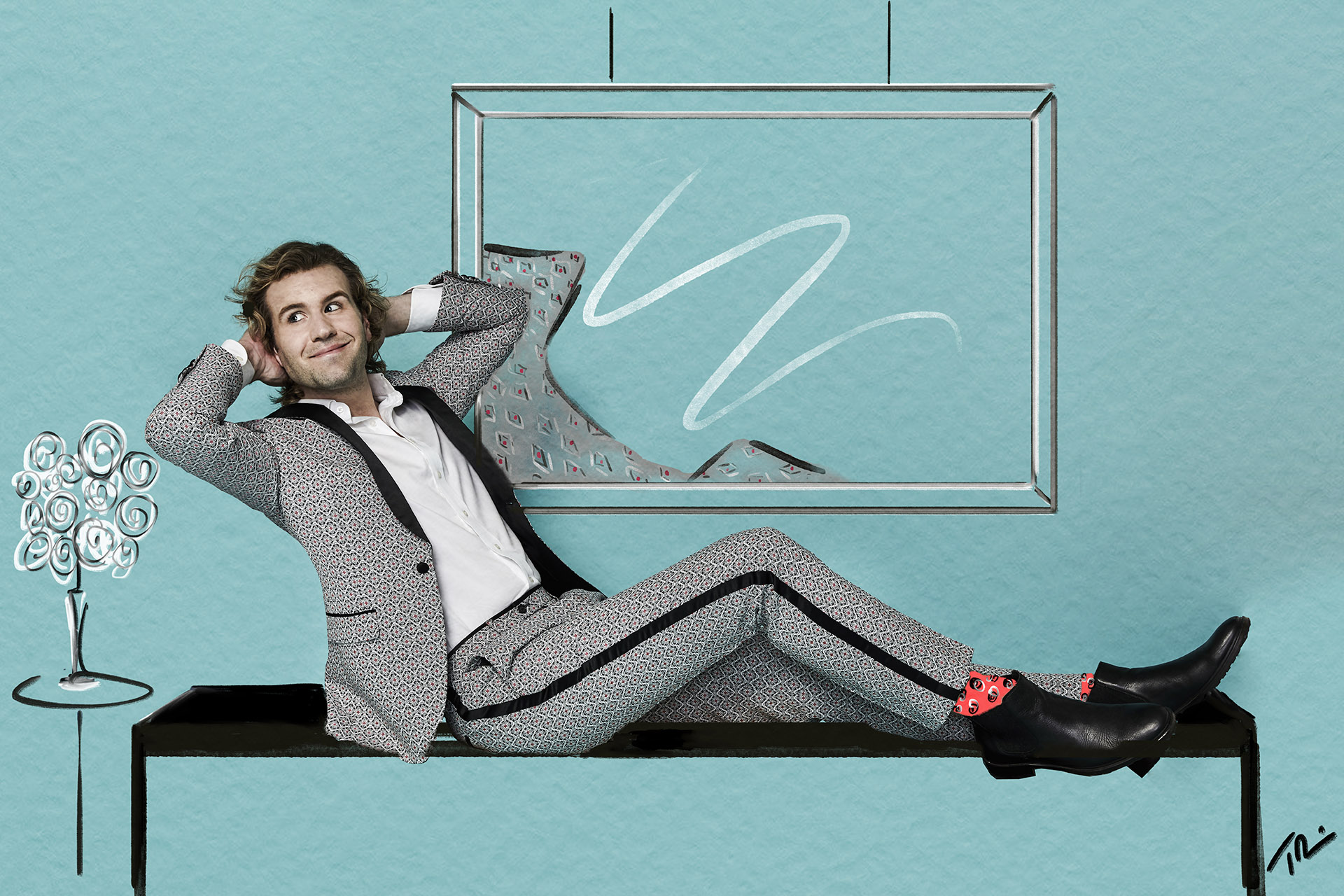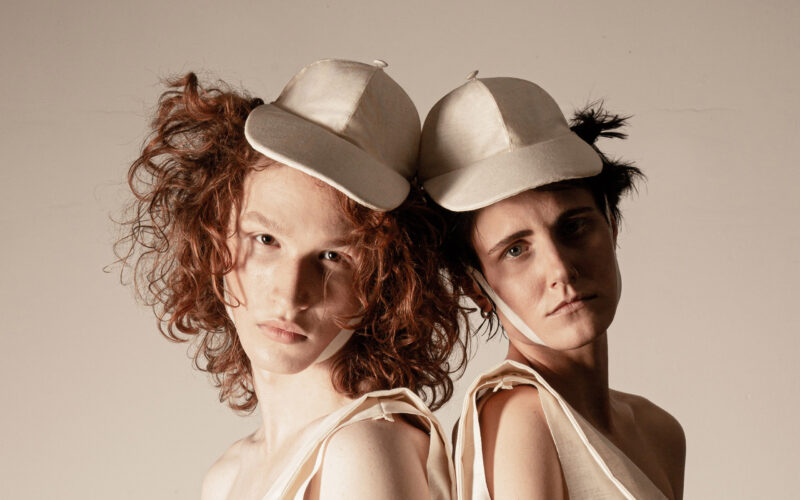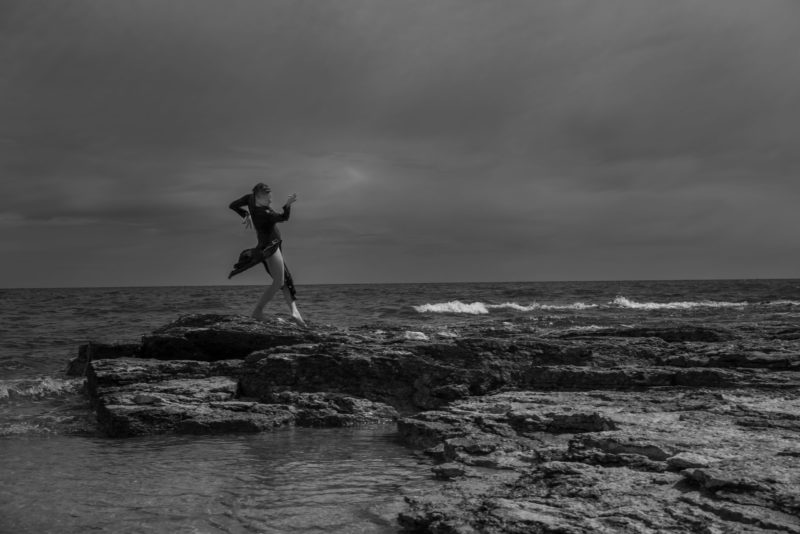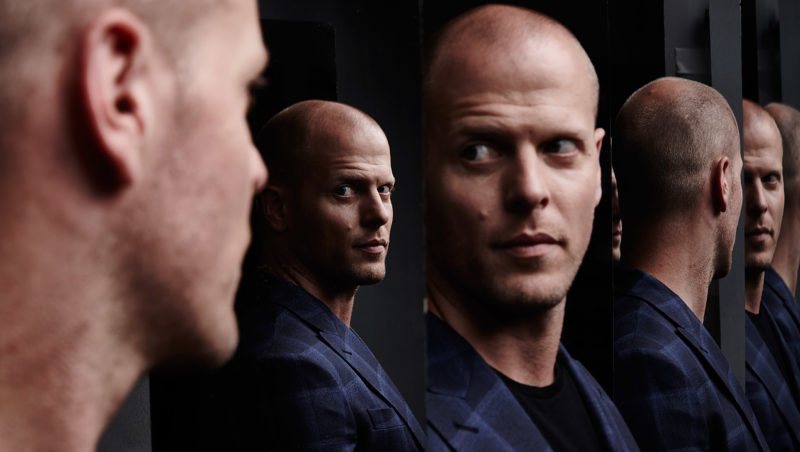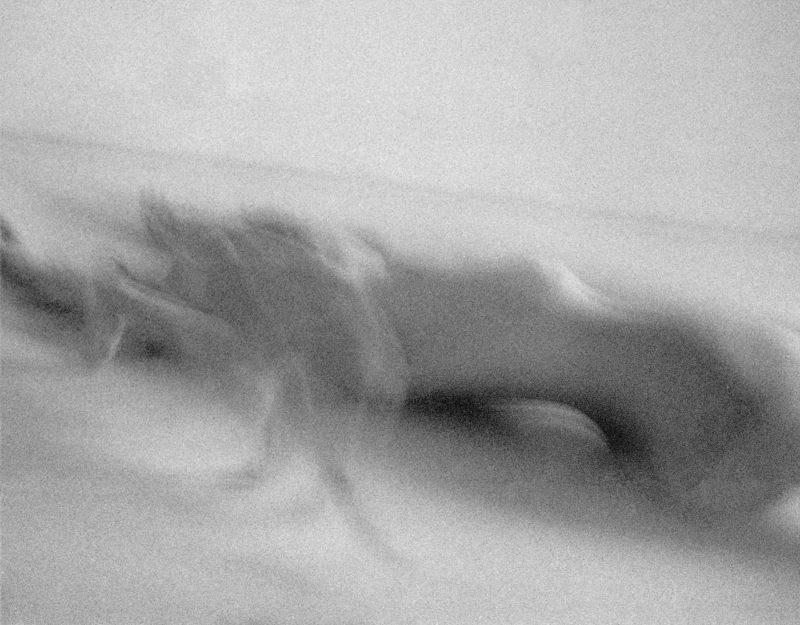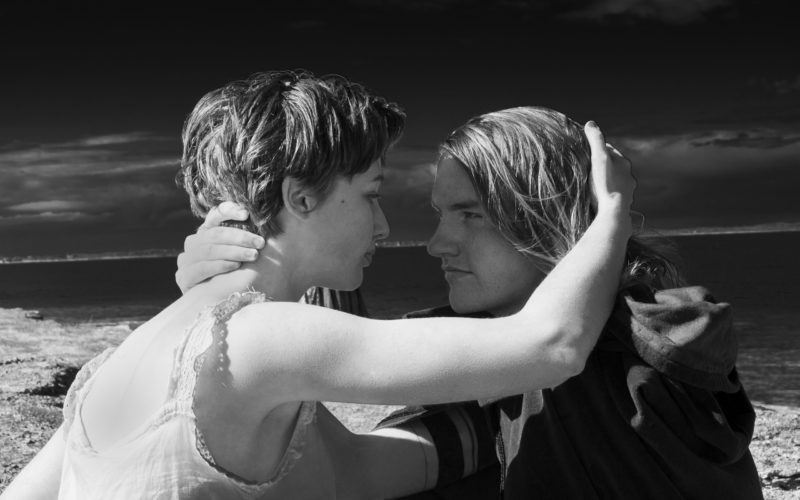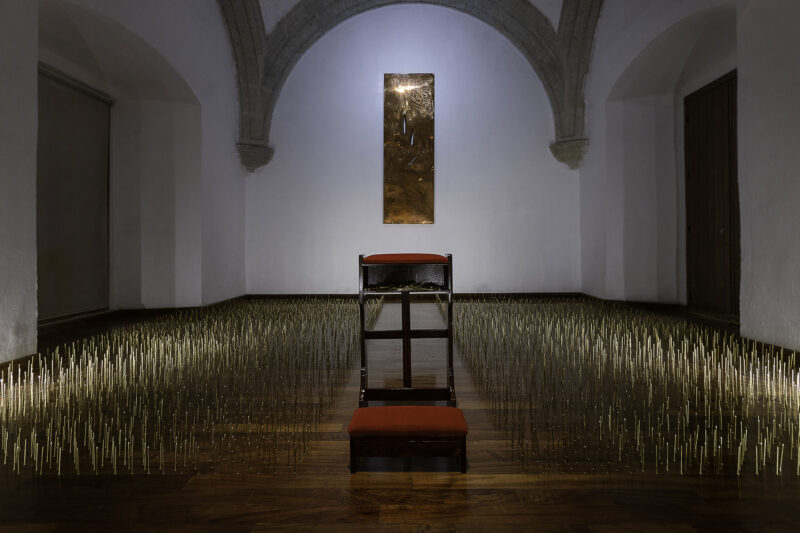art & article by TUG RICE
photography by DAVID WHITE
style & production by CYNTHIA ALTORISO
grooming by DAMIAN MONZILLO
wardrobe by PAISLEY & GRAY
pocket square by TUG RICE for Olof1982
Languid. Urbane. A little bored.
This is the kind of character that features in my illustrations. I don’t know why; it just is. He wears a sharp suit and poses in linear grandeur. He might dabble in painting or music or the theatre or foreign affairs, but he takes none of these things as seriously as the selecting of a pocket square or vintage timepiece. He collects coffee table books on Greek urns and displays them nonchalantly in his sparse yet art-filled bachelor apartment.
When I started illustrating, this subject seemed to emerge almost immediately — a sort of Oscar Wilde-meets-Cary Grant Manhattanite that knows far more than I do and is a better conversationalist, despite lacking a mouth. (I rarely draw mouths. Don’t ask me why.) Again and again he materialized, usually seated in some sleek armchair or surrounded by the suggestion of Fauvist art. I didn’t think much of it; I just let these characters have their moment. But then something strange happened.
“You’re starting to look like one of your drawings,” someone told me.
And this was difficult to process because, in the relatively short time since I’ve begun illustrating professionally in New York, have I really changed that much? Sure, I wear pocket squares to events now — I even designed some for a Swedish menswear icon — and I did buy a book on ancient pottery at The Strand, albeit Roman. But looking like my drawings? If anything, aren’t my drawings supposed to look like me?
I was angry for a moment. I worried that I had lost ownership over my work. I even felt like I was at war with my art and suspected that it had the upper hand. But then I realized that, no matter how much we may try at times, we cannot separate ourselves from our work. The artist and the art are one and that is a beautiful thing. To be influenced in life by one’s art is as magical as that magical act of putting brush to paper, or stylus to tablet. If our characters seem to have minds of their own and make an impact on our lives, that should be something to celebrate.
My relationship with my art is generally a positive one. There are times when I envy the languid man on the Arches paper, wishing I were as clever and stoic and poised as he. But I also know that, without me, he wouldn’t exist. I suppose the most important lesson I’ve learned in all this is that the reverse is also true.


